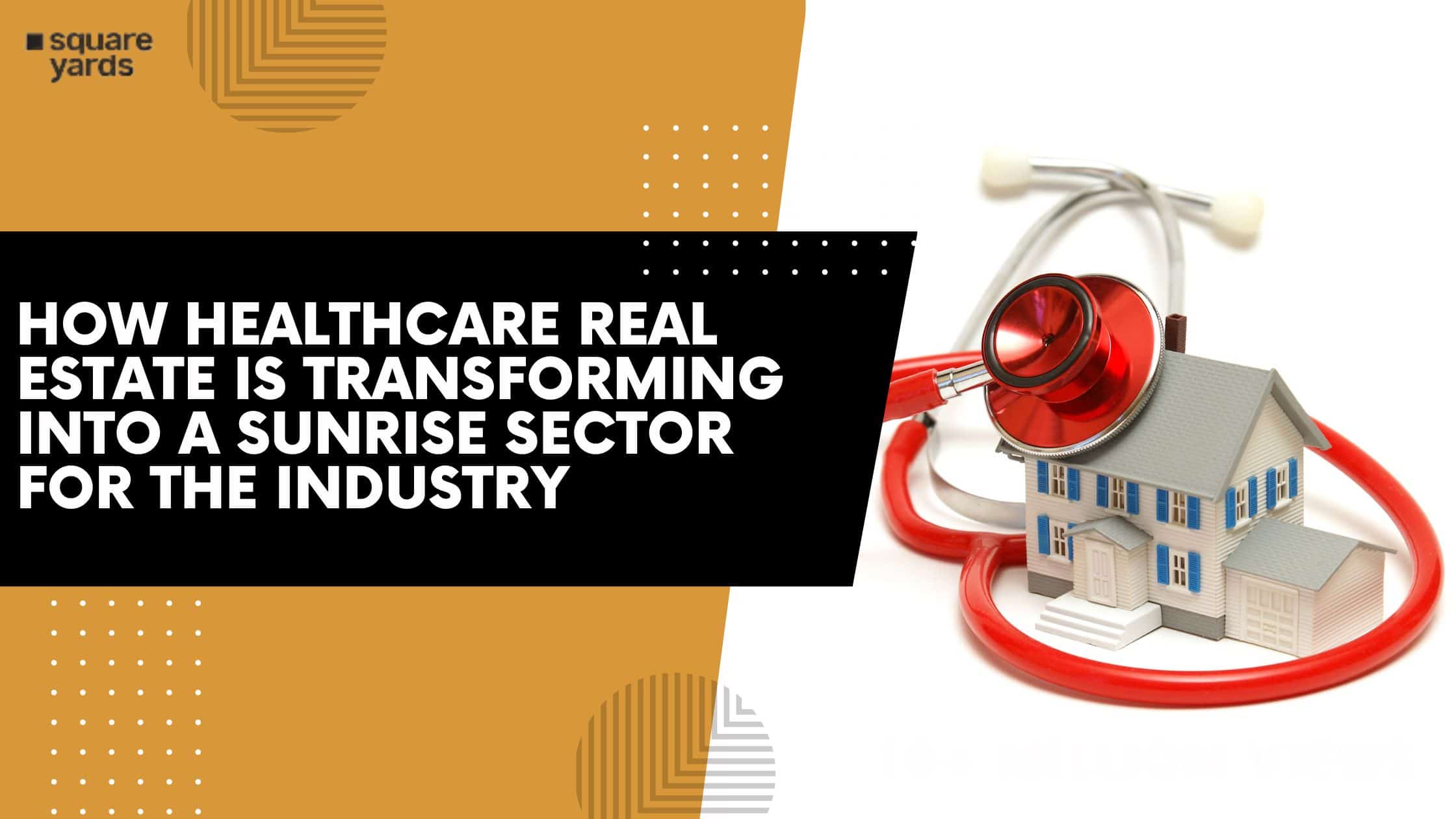Healthcare real estate is steadily turning into a future growth avenue for the industry. Here’s looking at some vital aspects in this regard.
Several reports have confirmed that India requires a whopping 1.3 billion sq ft in healthcare spaces by 2030, considering the country’s low bed-to-population ratio. The COVID-19 outbreak, and the growing number of cardiovascular and cancer-related ailments are putting the focus squarely on the need to develop healthcare related infrastructure and the need for staying equipped to deal with evolving and complex healthcare needs of contemporary populations.
Experts feel that healthcare real estate is the sector that could not only help in filling up this space and infrastructure gap, but also contribute handsomely towards uplifting the real estate sector, while generating employment simultaneously. However, this will require intelligent frameworks, swift execution, and hands-on partnerships between the public and private sectors.
Core Points Worth Noting
- Indian healthcare is evolving with the rise in disposable income, higher awareness, and better medical insurance access along with higher spending of the Government on public healthcare. There is also an increasingly ageing population that India has to take care of in the years to come. COVID-19 has clearly highlighted the sheer importance of this segment of the population.
- This has clearly got investors interested in the healthcare segment. The pandemic has also highlighted the need for other add-ons like tele-health and health-tech solutions, more insurance penetration, home healthcare services, better patient experiences and a shift towards preventive care and wellness instead of focusing only on curing diseases.
- The hospital category should require 1.3 billion sq ft in hospital space in order to lift up the bed-to-population ratio. Demand should go up exponentially for land and buildings to cater to the same across the country. Peripheral and surrounding areas of metros and Tier-1 cities should see high demand along with some Tier-2 and Tier-3 areas as well.
- The logistics and industrial real estate segment will cater to the growing demand for suitable storage of vaccines, pharmaceuticals and other essentials. Medical supply chain development could be a profitable avenue for the real estate industry in India.
- Wellness and healthcare entities may also transition towards mixed-use healthcare to improve patient happiness quotients and overall wellness. This will involve integrating shopping malls and big-box retail along with other experiences into healthcare centres. The trend is already making its presence felt abroad and could come to India soon. Wellness facilities are coming up in tandem with retail zones in several localities already. This will further include dental and chiropractic treatments along with dermatology and more.
- Hospital spaces may be revamped to meet evolving customer requirements. Hospital administration, operations, corporate functions et al may be shifted to newer buildings from main campuses. This will lead to higher office space demand as well. Residential developers will also look to integrate healthcare aspects into projects in the future, especially in integrated and sustainable townships or gated communities.
- Outpatient centres could be a major growth area going forward, ensuring more accessibility and comfort for customers. Real estate developers will also be focusing more on aspects like ventilation, air quality, flexible building designs, uni-directional corridors, isolation rooms, negative pressure rooms, single rooms, anti-bacterial and non-porous materials for construction and furniture that is easy to sanitize and clean up. They will be integrating technology more into their designs including touch-less access, automatic doors and access points, OPD video conferencing and so on.
How Things are Shaping Up
The healthcare sector has already been getting big-ticket investments and many leading companies like Dr Lal Pathlabs, Fortis Healthcare and Apollo Hospitals have also listed on the stock market. Rainbow Hospitals has already issued an IPO this year. Unicorns have come up in the health-tech space like Pristyn Care, Curefit and PharmEasy. With higher activity in the category, real estate should not be too far behind especially in terms of wider healthcare expansion and outreach throughout the country. Keeping these trends in mind, Indian real estate firms will no longer avoid healthcare segments. They will increasingly get into developing hospitals, healthcare centres, mixed-use projects with healthcare components and other facilities for medical storage as mentioned.
In fact, reports state how leading healthcare chains such as Max India, Apollo Hospitals, Narayana Hrudalaya, Shalby, Fortis Healthcare and Healthcare Global already spend 10-12% of their top-lines on rentals. This should spell a new market opportunity for organized real estate developers. The Government’s move to offer Rs. 50,000 crore as credit guarantee for establishing private hospitals is another pro-active measure that could boost the healthcare real estate segment. Several global and domestic players are also looking at expanding their presence in the country. Considering these aspects, healthcare real estate could well become the next big sunrise sector or asset class (after data centres and warehouses) for the Indian real estate industry.




